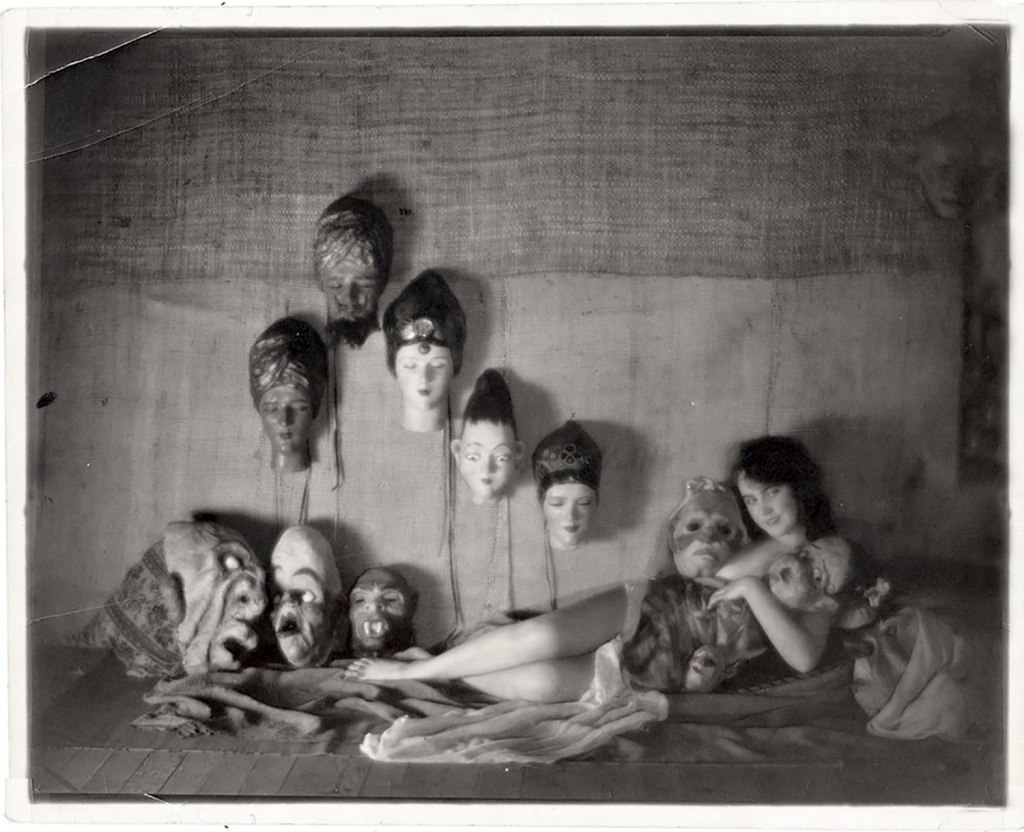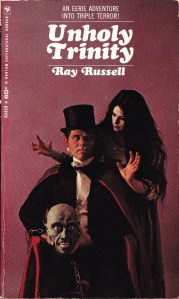Writing can be a difficult, lonely, and discouraging path, and I’ve rarely felt any of that more keenly than I did this year. The fragmentation of social media and a long stretch of not going to conventions has left me feeling more cut off from my writerly peers than at perhaps any other time since I started publishing, and there are plenty of other things in the world to feel depressed about, both directly related to writing and otherwise.
I don’t know if it’s the aforementioned isolation from social media or an accurate reflection of the state of the industry, but it feels like there have been fewer good publishing opportunities, and I’ve watched a lot of presses and publications struggle or shut their doors entirely over the past year.
My fourth short story collection, How to See Ghosts & Other Figments, came out just over a year ago and seems to have made not so much as a ripple. This is not a call for pity, just a reality of the job. Some books do well, some don’t. Some catch on right away, others take time to find their audience. There are a lot of reasons why How to See Ghosts may not be performing as well as my previous collections – and it may be that it just seems to not be from where I am sitting, and time will prove otherwise.
Though I ultimately sold a few other stories that have yet to see the light of day, I only actually published two new ones in 2023. “The God of the Overpass” in the June issue of The Dark magazine, and “The Doom That Came to Wyrock” in Mystery, Murder, Madness, Mythos from PS Publishing.
As has generally been the case lately, a lot more of my time and energy went into nonfiction and freelance projects. As I have done for every expansion since the launch of Iron Kingdoms: Requiem, I worked on the latest stuff for that game from Privateer Press, and also wrote four regular columns and extensive nonfiction pieces on everything from Halloween haunted houses to Marvel’s Man-Thing to the problem with the Warrens.
Besides all of that, I also continued to host monthly screenings at the Stray Cat Film Center with Tyler Unsell as part of the Horror Pod Class, where we show free horror movies and then discuss how they might be used in a classroom – or just vaguely talk about them, perhaps more accurately. And this was my first full year as movies editor at Exploits (I started in May of 2022), where I was able to acquire some great essays covering films like Mad Love, Hercules in the Haunted World, Freaks, and Dark Night of the Scarecrow, to name just a few.
Probably the biggest news is that I have a new book coming next year, though I don’t have a release date for it pinned down just yet and can’t give out any details. It’s not another short story collection, and it’s not a novel. What is it? You’ll just have to wait to find out, unfortunately, but I hope you’ll all enjoy it.
None of which is to suggest that there has not been some very good stuff that has happened to me, writing-wise, this year. For starters, I continued to freelance full time, and anyone who has ever tried such a feat knows that every year you manage to keep doing that is a victory.
The two biggest events in my year, where my work was concerned, were probably things that only tangentially tied into my own writing. One was seeing a monster that I had designed turned into a tabletop miniature for the first time, as part of the new Warmachine Mk 4 from Privateer Press. The other was the surprise of seeing my own name in the front matter of Silvia Moreno-Garcia’s latest book, Silver Nitrate, which she very kindly dedicated to me – one of the most touching gestures I have ever been on the receiving end of. I also did some work putting together a “film festival” for the official Silver Nitrate book club kit.
And, of course, lots of things happen in a year besides just work. This was also our first full year in the new house, which has been a year filled of joys as well as frustrations. It has required a lot of changes to my lifestyle, as the house simply demands more work than the places I have lived before, but it has been much more pleasure than pain, with beautiful flowers in the springtime, and fallen leaves in autumn. Most importantly, this place just feels like home in a way that no place else ever really has.
As has been my habit for some time now, I kept a tally of the books I read and movies I watched in 2023. I also made it a point to try to read more novels and nonfiction books than I had been getting through in recent years, setting myself a goal of at least one per month. I’m happy to say that I managed it, and read around 65 books this year of various kinds.
Going into 2024, I’m hoping to keep up a similar reading pace, but I’m setting myself a new goal: One short story per week, regardless of what else I’m reading. The parameters are simple enough. I have to read a short prose story each week, and I can’t bank them. Meaning that if I read eight short stories in one week, I still have to read one the following week. We’ll see how this affects my overall book totals by the end of next year, but I think it will be good for me and, hopefully, good for my writing overall.
A surprising number of the books I read in 2023 actually also came out this year, and among those were several favorites, including the aforementioned Silver Nitrate, Jonathan Raab’s Project Vampire Killer, Trevor Henderson’s mid-grade debut Scarewaves, and Deephaven by Ethan M. Aldridge. As in previous years, many of the books I read were graphic novels and collected manga, with high points including the long-awaited English-language release of Junji Ito’s Mimi’s Tales of Terror and a deluxe edition of Kazuo Umezo’s Cat-Eyed Boy.
Probably my favorite book of 2023, though, is one that was originally published in 1943. City of Unspeakable Fear is the latest in an ongoing collaboration between Wakefield Press and Scott Nicolay to translate the many weird tales of Jean Ray into English, often for the first time. As has been the case with virtually every prior volume in the series, it is a gift to those of us who love a classic weird tale, and as Ray’s “other” novel besides Malpertuis, it is particularly welcome.
As for movies, at the time of this writing the year is not quite over, but so far I have watched 301 movies total in 2023, 219 of them for the first time. This keeps me well within my goal of having half or more of the movies I watch in a year be first-time watches, and puts me (unsurprisingly, given other factors) at slightly fewer movies than I watched in 2022.
Of those movies, some 32 were released this year. That’s a small proportion of my overall total, but a decently high number for me in recent years. Of those, my favorite was The Primevals, a flick that, unfortunately, most people have not gotten a chance to see. Other high points include Dark Harvest, A Haunting in Venice, A Corpse for Christmas, Megalomaniac, and Talk to Me.
When it comes to new-to-me movies that were released in years past, this year had no standout so obvious as some previous years, though I saw plenty of solid films. Though there was no equivalent of 2022’s instant favorite The Ghost of Sierra de Cobre (1964), the top of the heap was probably the old 1958 BBC production of Quatermass and the Pit, with The Sea Hawk (1940), Monster of the Opera (1960), The Milpitas Monster (1976), Warlords of Atlantis (1978), and The Dunwich Horror & Others (2007) all hanging around for honorable mentions.
As I did last year, I’m working on a Letterboxd list of my 23 (this time) favorite new discoveries of 2023, though the final list is still a work in progress at the moment.
In all, I was feeling a bit down when I started this post, and I’m feeling better as I come to the end of it. Hopefully that says something about the kind of year it’s been, and bodes well for the year that is on its way.






















